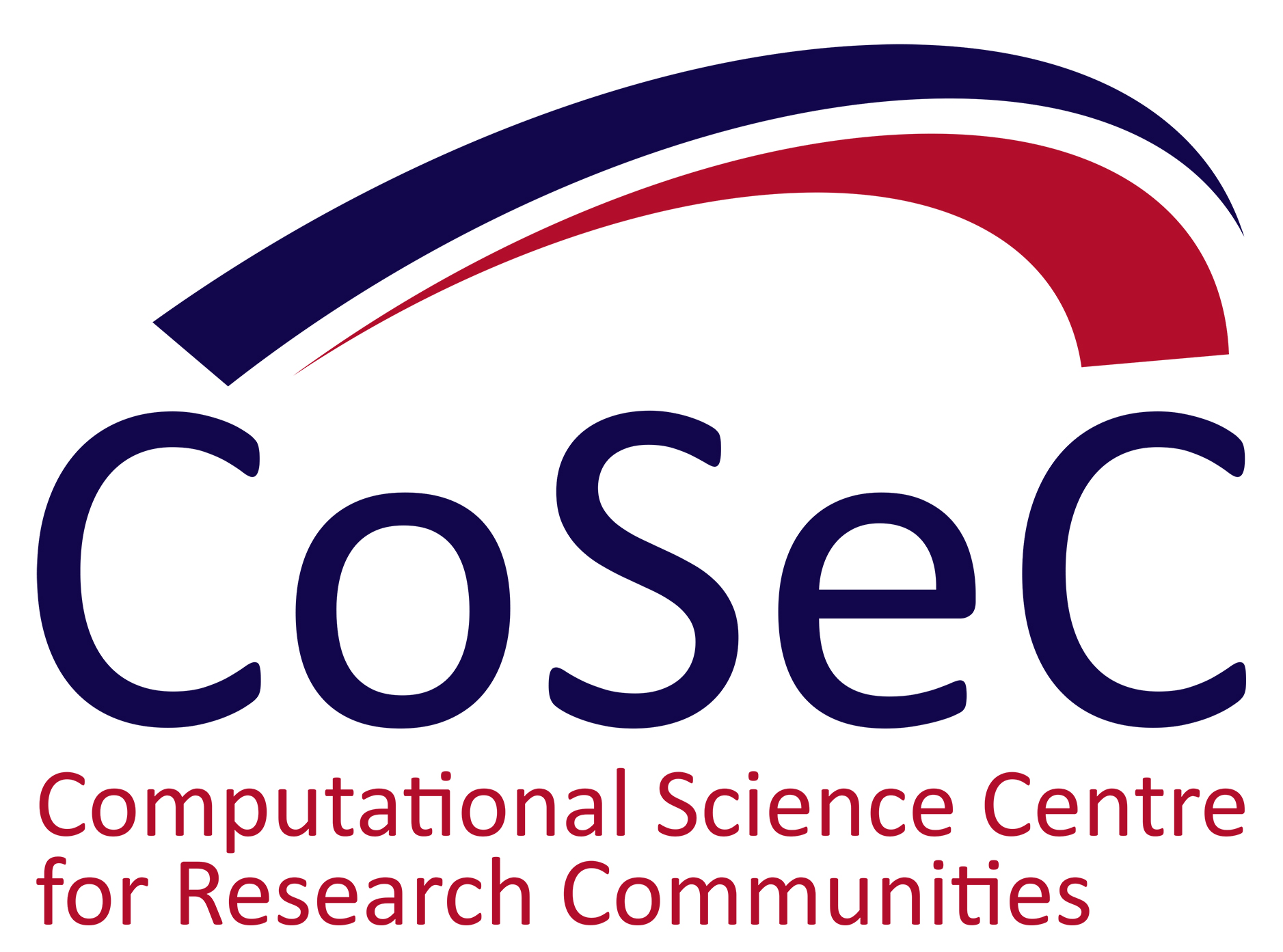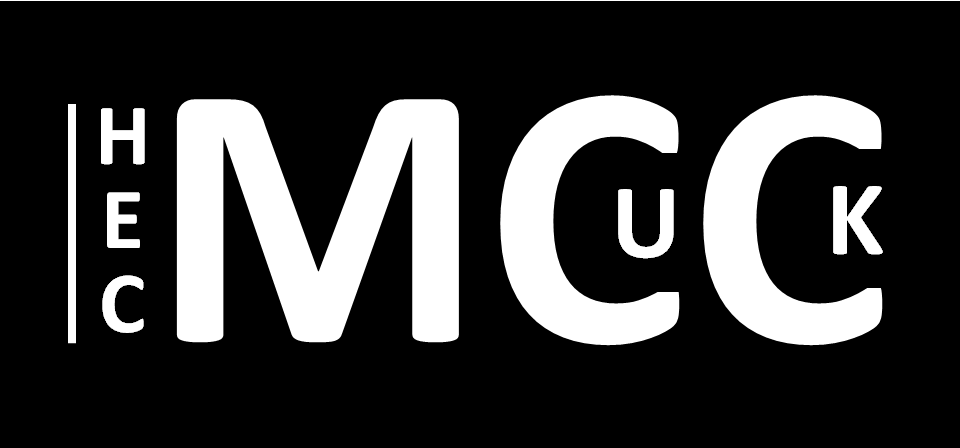 Science applications Modelling and predicting the structures, properties and reactivity of materials using methods ranging from ab-initio electronic structure calculations to classical atomistic modelling and up to mesoscopic methods. We apply these methods to a very wide variety of research areas including condensed matter systems; solid-state materials, polymers, colloidal solutions, liquids and mixtures, liquid crystals, surfaces and interfaces, homogeneous and heterogeneous catalysts, mineral, bio-mineral, organic and bio-molecular systems; metals, semiconductors, magnets, and superconductors; magneto-electronics, photonics, nanotechnology, high-temperature superconductors, novel wide band gap semiconductors, and magneto-calorics; energy storage and generation; surface and interfacial phenomena; nano- and defect structures; and through combining computation with nuclear magnetic resonance (NMR) crystallography to determine chemical structure of solid state systems.
Science applications Modelling and predicting the structures, properties and reactivity of materials using methods ranging from ab-initio electronic structure calculations to classical atomistic modelling and up to mesoscopic methods. We apply these methods to a very wide variety of research areas including condensed matter systems; solid-state materials, polymers, colloidal solutions, liquids and mixtures, liquid crystals, surfaces and interfaces, homogeneous and heterogeneous catalysts, mineral, bio-mineral, organic and bio-molecular systems; metals, semiconductors, magnets, and superconductors; magneto-electronics, photonics, nanotechnology, high-temperature superconductors, novel wide band gap semiconductors, and magneto-calorics; energy storage and generation; surface and interfacial phenomena; nano- and defect structures; and through combining computation with nuclear magnetic resonance (NMR) crystallography to determine chemical structure of solid state systems.
Examples of applications and activities
Expertise Collaborative research is achieved via software and methodology development, training, dissemination, networking and providing access to sustained networks of communities, and outreach.
Core software support includes: geometry optimisation algorithms; classical molecular dynamics and Monte Carlo simulation, including atomistic and higher scales; development of force-field methods employing static and dynamical simulation methodologies; electronic structure methods with a focus on Density Functional Theory (DFT) techniques, as well as going beyond DFT with GW and Quantum Monte Carlo; and hybrid multiscale methods that link first principles quantum mechanical calculations with atomistic and higher level models. Our methods development work emphasises parallel performance to ensure that UK materials science researchers are able to make use of increasing computational resources.
Software Knowledgeable and experienced CoSeC staff within the CCP and HEC Materials Science communities lead the development of CoSeC software projects and make important contributions to other UK and international software projects, through maintenance, feature development, support and training in setting-up and running simulations. The codes we develop and/or support include the following:
CCPs, HECs and Project Leads
Classical, Molecular and Mesoscale
| First Principles | Materials Chemistry
|

CCP5++
| 

|

|
